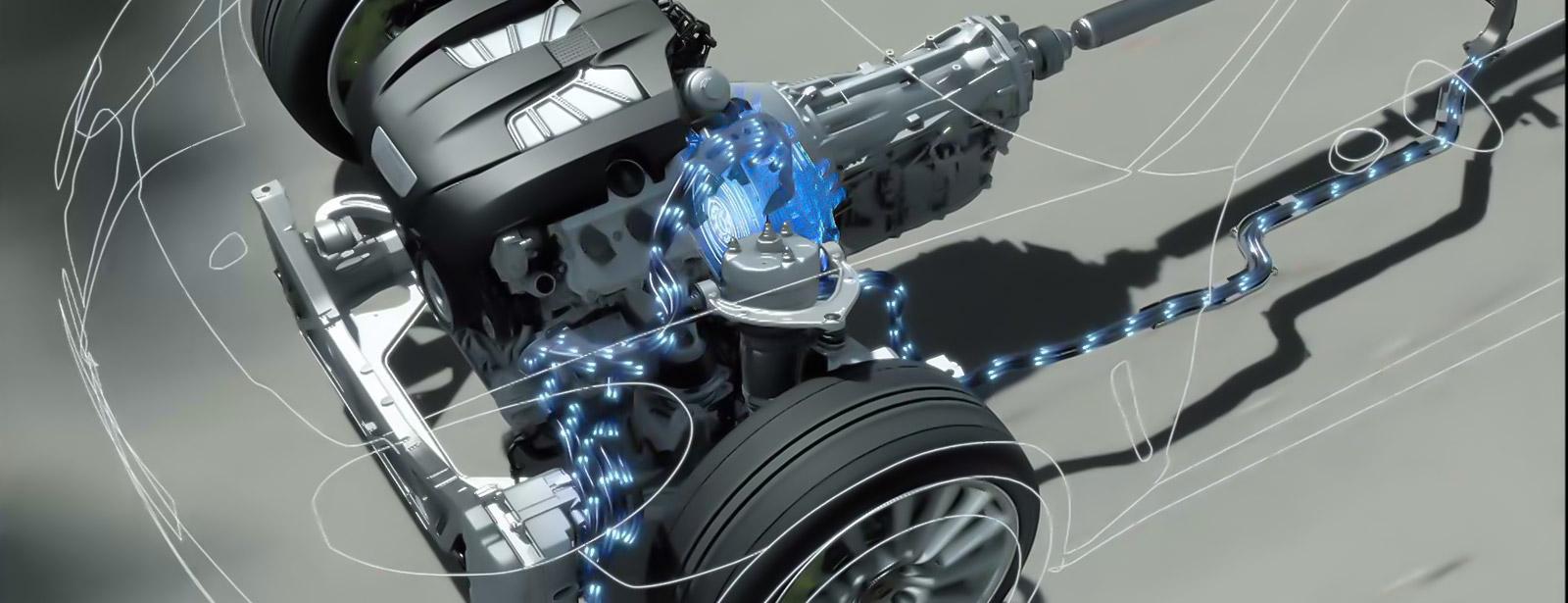The Future of Transportation: Electric Powertrains

Transportation is an essential part of modern life. As populations and economies grow, transportation needs continue to increase tremendously. However, fossil fuel-based transportation also contributes significantly to pollution and climate change issues. Electric powertrains provide an environmentally-friendly alternative that is gaining popularity.
What is an Electric Powertrain?
An electric powertrain refers to the system that generates power to propel an electric vehicle. The key components of an electric powertrain include:
Batteries: High-capacity lithium-ion batteries are typically used to store electrical energy. Battery technology is improving constantly to increase energy density and range.
Electric Motor: Electric motors convert stored electrical energy from the batteries into mechanical energy or torque to spin the wheels. Powerful yet efficient permanent magnet synchronous or asynchronous motors are commonly used.
Power Electronics: Power electronics enable controlling and distributing high power from the batteries to the electric motor as needed. Key components include inverters, converters, and controllers. Advanced power electronics are crucial for optimal performance and efficiency.
Drivetrain: The electric motor is connected to the wheels through a single-speed or multi-gear transmission in most electric vehicles. Direct-drive systems without gearing are also gaining traction.
Together, these components work seamlessly to provide smooth, silent acceleration and regenerative braking capability that is unique to electric vehicles. Electric powertrains offer higher efficiency and lower operating costs compared to internal combustion engines.
Benefits of Electric Powertrains
Electric powertrains provide numerous economic and environmental advantages over gasoline and diesel powertrains:
Lower Emissions: EVs produce zero direct emissions during operation. The electricity used to charge batteries can also come from renewable sources like solar and wind. This drastically reduces well-to-wheel emissions.
Higher Efficiency: Electric motors achieve over 90% efficiency compared to 15-30% for gasoline engines. Less energy is lost as heat during operation.
Lower Fuel Costs: Electricity costs much less per mile than gasoline. With cheap home charging, fuel costs of EVs are a fraction of gas-powered cars.
Quiet operation: EVs run silently without engine noise or vibration. This enhances the driving experience.
Fewer Moving Parts: Electric powertrains have 20 moving parts or fewer compared to over 2000 in gasoline engines. Maintenance costs are much lower.
Instant Torque: Electric motors deliver full torque instantly for quick acceleration. This makes driving more responsive and fun.
These advantages have made electric vehicles appealing to both individual drivers and fleet operators. Government incentives and falling battery prices are also fueling adoption. Let us look at the growing electric vehicle market in more detail.
The Booming EV Market
Electric vehicle sales have grown exponentially in recent years driven by policy support and improving technology/costs:
- Global EV sales surpassed 3 million units in 2020 alone. Europe leads with over 1 million EVs on the road.
- Countries like Norway, Netherlands, and Sweden have a EV market share of over 20% of new vehicle registrations.
- Major automakers are launching dozens of new electric models. Volkswagen plans to sell over 1 million EVs annually by 2025.
- Tesla's success with Model S/X and Model 3 proved EVs can outsell gas cars. Its Gigafactories are driving down battery prices.
- China aims for 25% of new car sales to be electric by 2025, creating massive opportunities for automakers and suppliers.
- Several countries have announced plans to phase out new internal combustion engine (ICE) vehicle sales by 2030-35 timeframe. This is accelerating the EV transition.
Ride-hailing and goods transportation are also transitioning to electric fleets for cost-savings and sustainability goals. Fleet managers are attracted to the lower total cost of ownership of commercial electric vehicles. Overall, the electric powertrain market is predicted to grow exponentially in the years ahead.
Electric Powertrain Technology Advances
Research and development in key electric powertrain technologies aims to enhance performance, extend driving range, and bring down costs further:
Advanced Battery Chemistries: Solid-state, lithium-sulfur, and lithium-metal battery chemistries promise higher energy densities 2-10 times compared to lithium-ion. This would double+ vehicle ranges in the same package size. Mass production is the next hurdle.
Fast Charging: 350 kW and above charging infrastructure allow charging battery packs to 80% within 15-20 minutes. This alleviates range anxiety concerns for long distance travel.
Silicon/Graphite Anodes: Using silicon or graphite in battery anodes instead of graphite alone increases storage capacity by 30-50%. Companies like Sila Nanotechnologies are commercializing this.
Thermal Management: Advanced heating/cooling is critical for consistent battery performance in all climates. Companies offer liquid, air, and phase change material based solutions.
Motor/Inverter Miniaturization: Dense packaging and wide-bandgap power semiconductors shrink powertrain components size/cost while boosting power ratings. This liberates more interior space.
Battery Swapping: Startups like Israel's StoreDot offer fast automated battery swapping to eliminate lengthy charging stops. The model needs supportive policies to gain scale.
Connectivity Applications: Cell/powertrain data and software optimization through over-the-air updates promise performance improvements and new use cases like vehicle-to-grid capabilities over time.
With their numerous economic, environmental and performance benefits, electric powertrains are emerging as the preferred solution for sustainable transportation. Rapid technology progress and supportive regulations/incentives continue to grow the EV market exponentially. As battery and powertrain costs fall below gasoline equivalents, along with sufficient fast-charging infrastructure, EVs will soon achieve mass adoption globally. The future looks bright for electric vehicles and the communities they will help become cleaner and more energy-independent. Electric mobility truly represents a transportation revolution.
Get more insights on this topic: Electric Powertrains
- Art
- Causes
- Crafts
- Dance
- Drinks
- Film
- Fitness
- Food
- Games
- Gardening
- Health
- Home
- Literature
- Music
- Networking
- Other
- Party
- Religion
- Shopping
- Sports
- Theater
- Wellness
- IT, Cloud, Software and Technology


